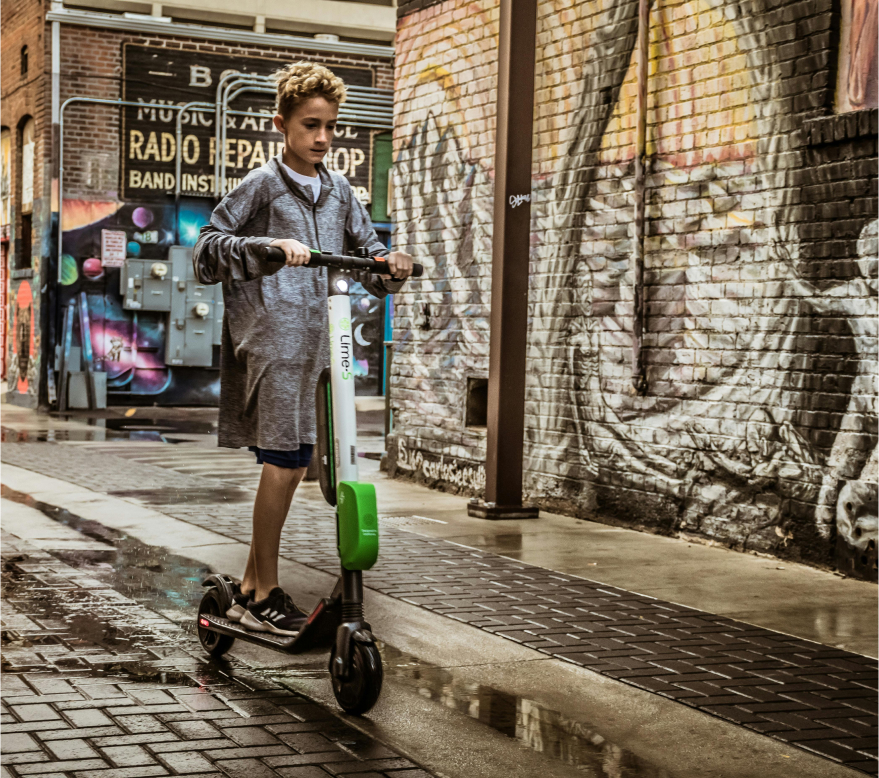
The Evolution of Scooters: From Push to Electric
The humble scooter, once a simple two-wheeled device powered by nothing but the rider’s foot, has undergone a fascinating transformation over the years. Today, we have electric scooters that zip around cities, allowing us to travel faster and more sustainably than ever before. But how did we get to this point? In this blog post, we will take a look at the evolution of scooters, from their early days as children’s toys to their modern-day electric counterparts.
Push Scooters: A Humble Beginning
The first push scooter was invented in 1817 by Denis Johnson, a British inventor. Touted as a children’s toy, the push scooter was made from wood and featured two or three wheels. It was propelled by the rider pushing off the ground with one foot while balancing on the scooter with the other foot. In the late 19th and early 20th centuries, push scooters became popular in Europe and the United States, with various designs and materials, such as metal and plastic, being introduced.
Motorized Scooters: A Game-Changer
In the 1940s and 1950s, motorized scooters hit the scene, offering a faster and more efficient mode of transportation. The first motorized scooter was the Cushman model, introduced in 1936. These scooters were small and lightweight, powered by engines between 1 and 6 horsepower. They were initially used by businesses such as mail carriers and delivery services. Later, motorized scooters became popular among teenagers and young adults as a mode of transportation.
In the 1960s and 1970s, Vespa and Lambretta scooters became hugely popular in Europe and other parts of the world. These scooters were stylish, affordable, and easy to ride, making them a hit among young people. They were often used for commuting to work or school and became an iconic symbol of youth culture.
Electric Scooters: A Modern-Day Revolution
In the early 2000s, electric scooters entered the market and quickly gained popularity as a sustainable and convenient mode of transportation. Electric scooters featured rechargeable batteries, motors, and electronic controls, offering an efficient and eco-friendly alternative to gas-powered scooters. The first electric scooter was created in Taiwan in 1996 by the Goped Company. However, it wasn’t until companies like Razor and Bird introduced their electric scooter models in the early 2010s that electric scooters began to catch on with the general public.
Today, electric scooters have become a ubiquitous sight in many cities around the world. They offer a fast and convenient way to travel, especially in urban areas. Electric scooters are also an eco-friendly option, producing fewer emissions than gas-powered vehicles. They are efficient, quiet, and require less maintenance than traditional scooters or bikes. Additionally, electric scooters are often used as a part of a multimodal transportation system, allowing people to travel the first and last mile of their commutes.
Conclusion
The evolution of scooters from their early days as children’s toys to modern-day electric models has been a fascinating journey. The humble push scooter gave way to powerful gas-powered models before finally transitioning to electric scooters that are sustainable, efficient, and convenient. Today, electric scooters are more popular than ever, with a growing number of people choosing them as a primary mode of transportation.
As electric scooter technology continues to evolve, we can expect new and innovative features to be introduced, such as longer-lasting batteries, improved connectivity, and advanced safety features. Electric scooters offer a glimpse into the future of sustainable transportation, and their popularity is only set to grow in the coming years as we strive towards a greener, healthier planet. It’s exciting to think about where scooters will go from here, and we can’t wait to see what the future holds.
